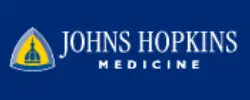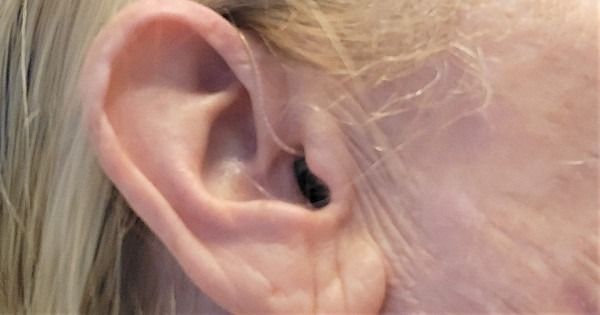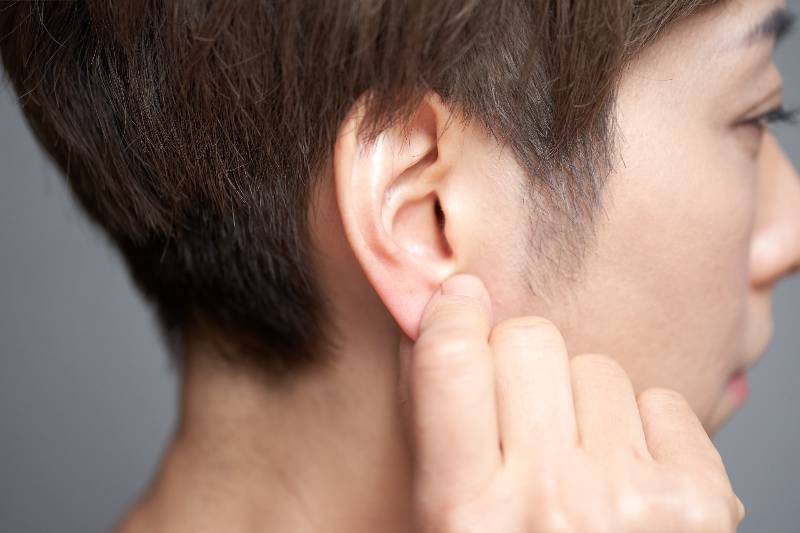Introduction
Imagine standing at the edge of a precipice, facing a vast expanse of unknown territory. You feel the wind brush your hair, the earth firm beneath your feet, and in your heart, a mixture of anticipation, fear, and hope. This is how we stand today, on the cusp of remarkable breakthroughs, staring into the future of otosclerosis research and treatment.
Otosclerosis, a hearing condition that results from abnormal bone growth in the middle ear, is an invisible precipice for many, often leading to a progressive loss of hearing. But it is not a journey that one must walk alone or without hope. With the advent of advanced research, cutting-edge technology, and groundbreaking medical treatments, the future of otosclerosis looks promising.
In this post, we traverse the terrain of the latest developments in otosclerosis, exploring the pioneering research and the novel techniques that promise a brighter tomorrow. Each topic is a beacon of light illuminating our path, inspiring us to continue the journey, assured that we are not alone, and that better days lie ahead.
Join us as we embark on this journey, navigating through the dawn of a new era. Stand shoulder to shoulder with the intrepid researchers, dedicated doctors, and the inspiring community of individuals who are weathering the storm of otosclerosis. Let us, together, step into the future with hope and determination.
Exciting Developments in Otosclerosis Research
The journey through otosclerosis research is akin to exploring an uncharted territory, one filled with constant revelations and astonishing breakthroughs. Recently, scientists have been diving deeper into the molecular level, seeking to unravel the mechanisms causing the abnormal bone growth associated with otosclerosis.
Studies are being conducted on a multitude of fronts, from examining the role of various proteins in bone remodeling to investigating the impact of hormonal and environmental factors. For instance, a specific type of protein called Bone Morphogenetic Protein (BMP) is under the research microscope for its potential role in otosclerosis. Such findings could pave the way for new therapeutic strategies aimed at disrupting the disease’s progression.
Each of these studies adds another piece to the puzzle that is otosclerosis. It is a testament to the relentless determination of researchers who, armed with perseverance and ingenuity, are making strides towards understanding and ultimately conquering this condition.
The Role of Stem Cells in Otosclerosis Treatment
Enter the fascinating world of stem cells, where limitless possibilities for treatment of various diseases, including otosclerosis, are being explored. Stem cells are unique in their ability to morph into different types of cells, offering potential solutions to conditions that were previously thought untreatable.
Imagine a future where damaged tissues in the ear could be regenerated using your own body’s stem cells. A world where surgery could be supplemented or even replaced by targeted stem cell therapies. That’s the potential of stem cell research in otosclerosis treatment.
Recent research on mice has shown promising results. Scientists have been able to stimulate the growth of sensory hair cells in the cochlea using stem cells. While this research is in its infancy, and human trials are yet to be conducted, it marks a significant milestone in the field of otosclerosis treatment.
Experience the world like never before with the RCA OTC Behind-the-Ear Hearing Aid. Our advanced digital technology ensures that every sound is crystal clear and vibrant, allowing you to fully immerse yourself in life’s experiences. Whether it’s the laughter of loved ones or the music that moves you, our hearing aid brings back the joy of every moment.
Say goodbye to the hassle of appointments and prescriptions. The RCA OTC Hearing Aid is designed to meet the needs of individuals without the need for a prescription. With its seamless setup and user-friendly design, you can effortlessly enhance your hearing abilities and stay connected to the world around you. Simply unpack, wear, and enjoy improved auditory perception instantly.
Experience optimal comfort and style with our discreet behind-the-ear design. The thin tube design allows you to wear glasses comfortably, so you can enjoy clear hearing while maintaining your personal sense of style. Plus, our rechargeable battery ensures long-lasting power, eliminating the inconvenience of constantly replacing small batteries. Elevate your hearing experience with the RCA OTC Hearing Aid and embrace the world with confidence.
Exploring New Surgical Techniques for Otosclerosis
The operating theater, the hub of transformation where art meets science and lives are changed. For otosclerosis, the surgical procedures have evolved dramatically over the years, and this evolution continues as we delve into the future.
The stapedectomy, a procedure to replace the hardened stapes bone in the ear, has long been the mainstay of surgical treatment for otosclerosis. Recent advances, however, have seen the development of new surgical techniques and the refinement of existing ones. For example, the introduction of laser-assisted surgery has improved precision, reduced trauma, and facilitated faster healing post-surgery.
Not stopping there, researchers are also exploring less invasive surgical options, such as endoscopic ear surgery. This technique, using a tiny camera inserted through the ear canal, allows surgeons to visualize the middle ear structures clearly without large incisions, leading to fewer complications and a quicker recovery.
Such innovations in surgical treatment for otosclerosis underscore the relentless pursuit of medical advancement, striving for improved patient outcomes and quality of life.
Genetic Studies in Otosclerosis: Current Findings
Every person carries a unique genetic blueprint, a complex code that tells a story of lineage, traits, and sometimes, susceptibility to certain conditions. As we delve into the genetic aspect of otosclerosis, we uncover new layers of understanding about this intricate condition.
Research in the realm of genetics has shown that otosclerosis often runs in families, suggesting a genetic component. Recent studies have identified several genes potentially linked to otosclerosis, including the TGFB1 gene, which is involved in bone remodeling.
These findings open the door to potential preventive strategies and personalized treatment approaches based on genetic profiles. Furthermore, they provide hope for early detection and intervention, ensuring that the condition can be managed more effectively from its early stages. The story of otosclerosis is still being written, and genetics is adding compelling chapters to this narrative.
Latest Advances in Diagnostic Tools for Otosclerosis
A crucial part of the journey in managing otosclerosis involves the ability to accurately diagnose the condition. Today’s diagnostic tools, imbued with the power of technology, have revolutionized how we detect and understand otosclerosis.
The advent of high-resolution imaging, such as CT scans, has provided clinicians with a more detailed view of the tiny structures within the ear, aiding in accurate diagnosis. Furthermore, developments in audiometric testing, such as distortion product otoacoustic emissions (DPOAEs), have allowed for early detection of otosclerosis, even before significant hearing loss occurs.
These advances in diagnostic tools are crucial in facilitating early intervention, potentially slowing the progression of hearing loss and improving the quality of life for those with otosclerosis.
As we reach the end of this journey, let’s take a moment to reflect on how far we’ve come. The landscape of otosclerosis research and treatment is continuously evolving, with each new discovery shining a light on the path ahead. The dedicated researchers, innovative doctors, and the resilient community of individuals living with otosclerosis serve as constant reminders that we’re not alone in this journey.
Our exploration into the latest developments in otosclerosis research, the role of stem cells in treatment, the advent of new surgical techniques, the findings in genetic studies, and advances in diagnostic tools, reveal a future ripe with promise and hope. Each advancement is a step forward, a beacon guiding us through the night, promising the dawn of a new day.
Although otosclerosis poses challenges, remember that we live in an era of rapid technological advancement and medical innovation. Each day, we are inching closer to more effective treatments and perhaps, in the future, a cure. Let’s hold onto that hope, for it is the fuel that drives the human spirit forward, turning adversity into triumph.
Finally, as we brace ourselves to embrace the dawn, remember that each of us is an integral part of this journey. Whether you are someone living with otosclerosis, a medical professional, or a supportive loved one, you are contributing to the narrative of hope and resilience that defines the otosclerosis community.
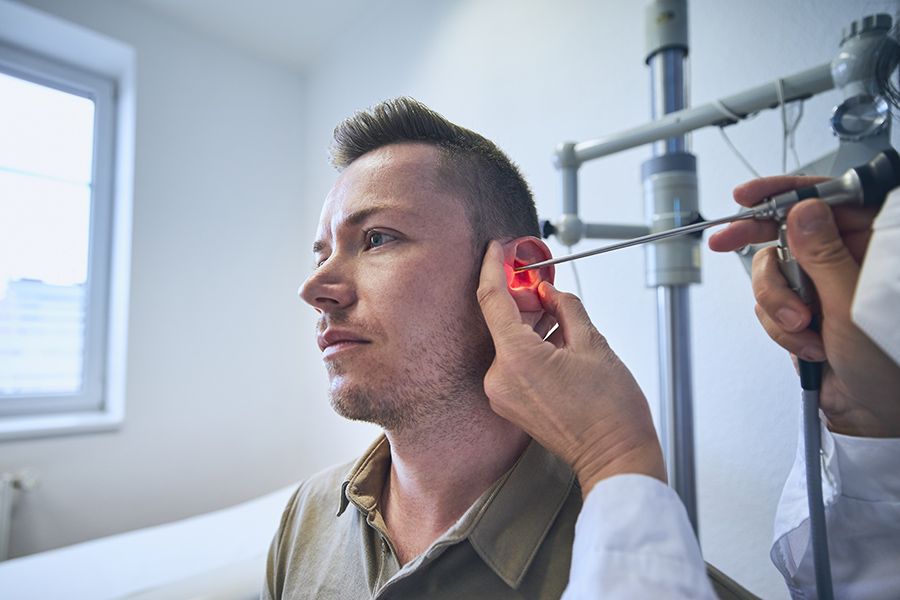
Tinnitus Treatments: Examining Supplements, Technology
Another person found alleviation in running, saying it assisted him reclaim a sense of control. Still one more individual explained the experience as “amazing”– a
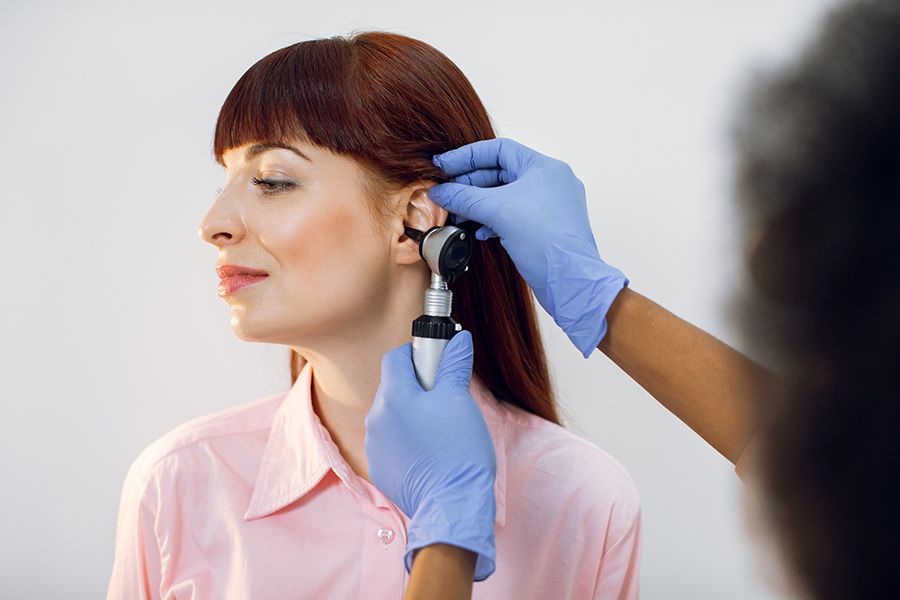
“What Did You Say?” Protect Your Hearing – Hearing Loss Is Irreversible
Introduction Hearing loss is a common and often overlooked health issue that affects millions of people worldwide. Whether it is due to exposure to loud



